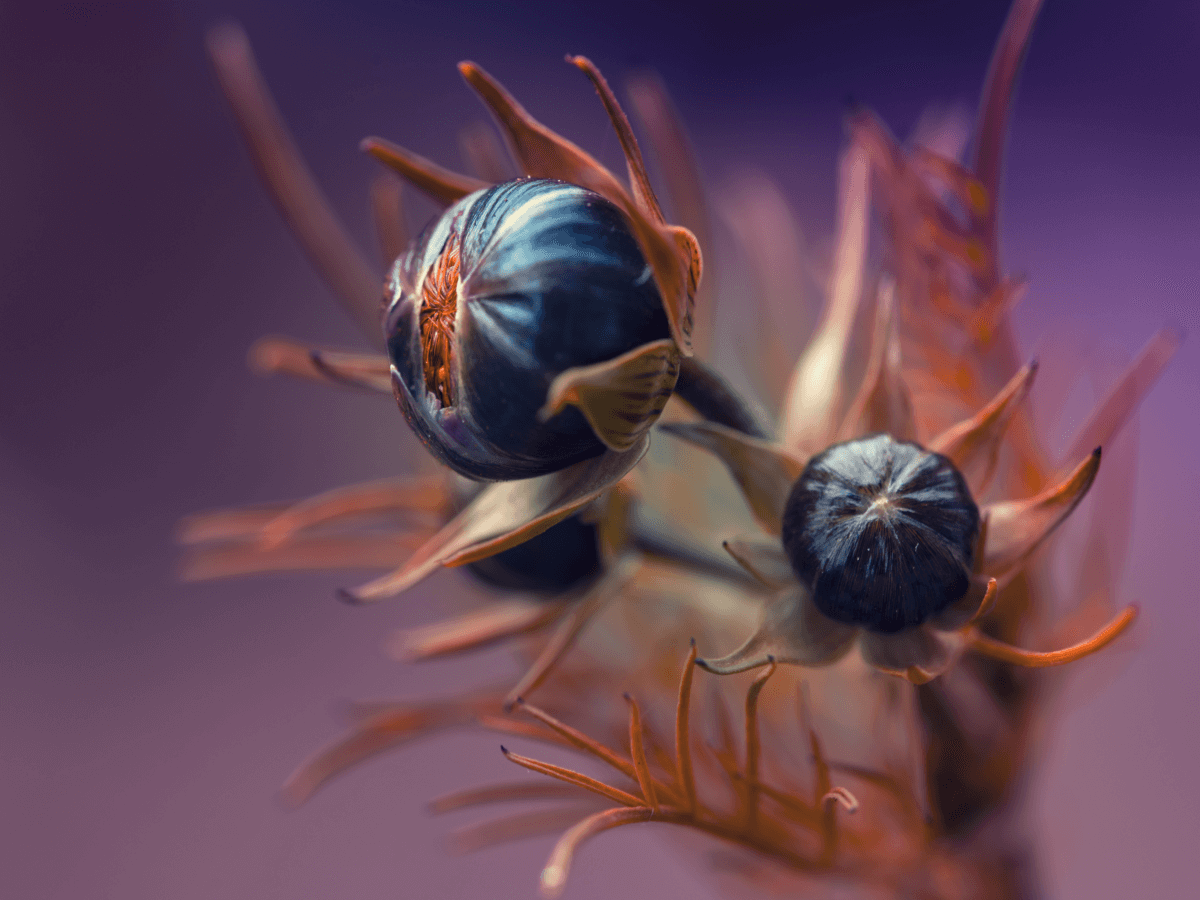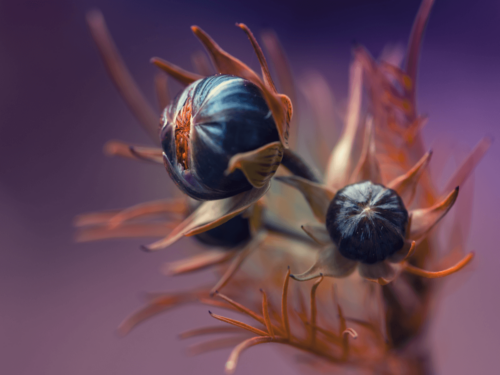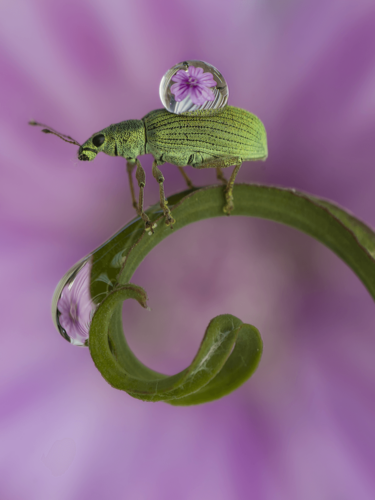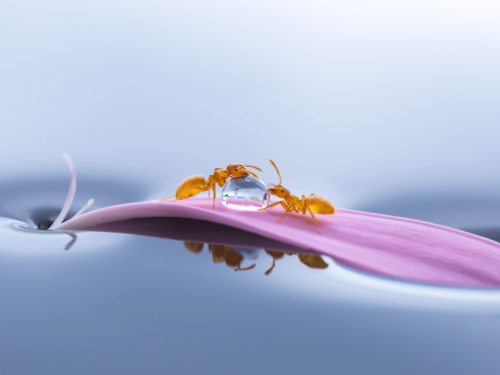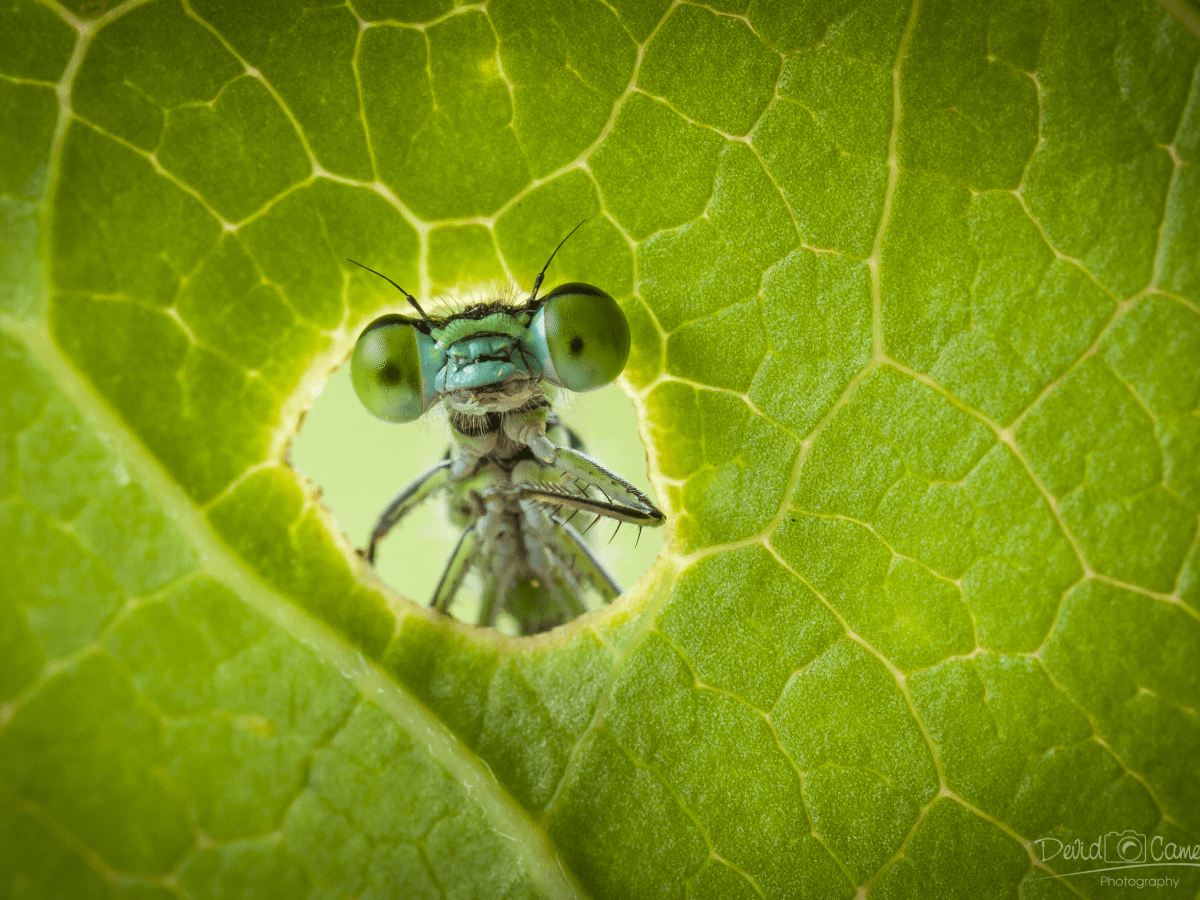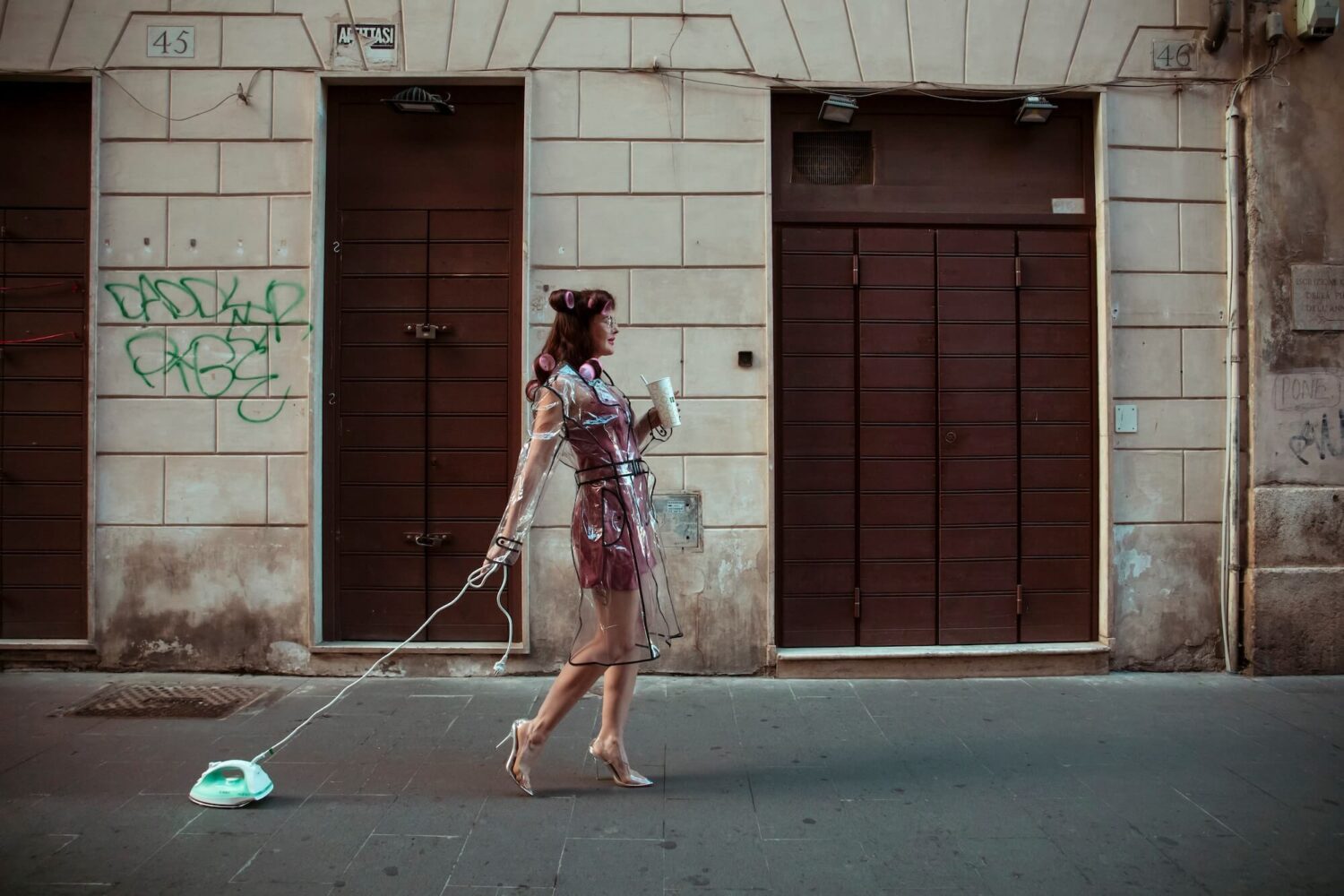Macro photography invites you into a miniature world of detail and color. Among its most captivating subjects are insects and flowers, both intricate, diverse, and full of visual possibilities. Photographing insects and flowers requires a blend of patience, technical skill, and creative vision, whether you’re a beginner or an experienced photographer looking to level up.
Essential Gear for Photographing Insects and Flowers
Photographing insects and flowers doesn’t require the most expensive gear, but there are tools that will greatly enhance your results. A macro lens in the 90mm to 105mm range provides excellent working distance and crisp detail. Tripods are helpful for stability, especially when shooting flowers or using focus stacking. You can also use extension tubes or close-up filters as cost-effective alternatives to dedicated lenses. Finally, using a flash or reflector will help brighten your subject, especially in shaded environments.
Techniques to Capture Nature’s Tiny Subjects
Macro photography insects and flowers comes with unique challenges. Mastering these techniques can help elevate your images:
- Focus on the Eyes: When photographing insects, ensure the eyes are sharp. For flowers, focus on the stamen or the area with the most texture.
- Get on Their Level: Shooting at eye level with your subject creates intimacy and visual interest.
- Shoot Early Morning: Insects are less active and light is softer, perfect for capturing fine detail without harsh shadows.
- Mind the Background: Use wide apertures to blur distractions and let your subject stand out.
- Steady Your Shot: Use a tripod or fast shutter speeds to avoid motion blur.
Light and Composition for Maximum Impact
Natural light is great for macro photography, but it’s not always ideal. Diffuse harsh sunlight with a white umbrella or sheer fabric. Consider using a ring flash for even light or side lighting to emphasize textures like flower petals or an insect’s wings.
When composing your shot, fill the frame with your subject to showcase fine detail. The rule of thirds can help you create dynamic images. Symmetry in flower petals or wing patterns makes for compelling visuals, and including a reference object like a fingertip can offer scale.
Overcoming Close-Up and Macro Challenges
Macro photography insects and flowers often involves unpredictability. Here’s how to solve common problems:
- Wind blur? Use a windbreak or wait for calm conditions.
- Skittish insects? Pre-focus on a flower or use burst mode.
- Bright light? Watch your histogram and reduce exposure compensation if needed.
Patience is Part of the Process
Macro photography rewards those who observe and wait. Noticing a bee’s pattern between flowers or how sunlight moves across a petal can give you an edge. The quiet discipline of waiting often leads to your most magical frames.
Extended reading: Six tips for taking a digital detox (and why photographers need them!)

